EU Bunker Testing
The European Union has provided instructions to its Member countries on how to test bunkers. This is to ensure vessels visiting EU ports are complying with the sulphur limit regulations.
Earlier this year the European Commission implemented Decision (EU) 2015/253. This mandated the rules on the verification, sampling and testing of the sulphur content of marine fuels. It included details on the minimum number of inspections to be carried out by the Member States and the accepted sampling methods.
The Decision came into effect in March 2015. However, the main impact will be felt when the on board sampling and testing requirements come into force in January 2016.
Sulphur Limits in the EU
The current limits on the sulphur content of marine fuels can be briefly summarised as follows:
- Vessels at berth or at anchorage in EU ports must only use fuels containing a maximum sulphur content of 0.10%.
- Passenger ships that operate on a regular service to EU ports must only use fuels containing a maximum sulphur content of 1.5% (reduced to 0.50% from 1 January 2020).
- Vessels operating in the MARPOL Annex VI Emission Control Areas (ECAs) – Baltic Sea, North Sea and English Channel – must only use fuel containing a maximum sulphur content of 0.10%.
Verifying Compliance
The first requirement is that all EU countries’ port state control (PSC) officers must inspect the log books and bunker delivery notes (BDN) on at least 10% of the total number of vessels calling at their ports every year.
From 1 January 2016 there is a further requirement where a proportion of these inspected vessels will have to provide a fuel sample for laboratory analysis. This proportion depends on how close the country is to an emission control area:
a) Countries fully bordering an ECA: 40% of the inspected vessels (NB: this is not 40% of all vessels).
b) Countries partly bordering an ECA: 30% of the inspected vessels.
c) Countries not bordering an ECA: 20% of the inspected vessels – increasing to 30% in 2020.
The PSC officer can collect samples for analysis by either, or in some cases both, of the following methods:
i. Using the sealed ‘MARPOL’ sample from the relevant bunkering operation.
ii. On board spot sampling.
On Board Spot Sampling
The sample taken by the PSC officer should be drawn from the fuel service system using a dedicated sample valve. This sample valve must be approved by the vessel’s Flag State.
If there isn’t a Flag State approved sampling valve, a sample can be taken from an alternative sampling point provided the following criteria are met:
- The sampling point is easily and safely accessible.
- Consideration is given to the different fuel grades that may be in use and the potential for cross contamination.
- The sample is taken downstream of the fuel service tank.
- The sample should be taken as close as possible to the engine/boiler, taking into consideration the flow rate, temperature and pressure behind the sampling point.
- The sampling point should be proposed by the vessel’s representative – it must then be accepted by the inspector.
The PSC officer may take more than one sample if there is a possibility of fuel cross- contamination or there are multiple service tanks. The size of the sample drawn from each sampling point should be sufficient to fill three sample bottles. These bottles are then sealed with a unique ID.
Two of the bottles will be sent to a laboratory for analysis. The third bottle will remain on the ship where it must be retained for 12 months.
Bunker Suppliers
Bunker suppliers operating in EU ports are also directly affected by some of the provisions of the EU Decision. If they supply fuel that does not comply with the specification on the Bunker Delivery Note (BDN) on at least three times in a year they will be subject to a program of sampling and analysis.
Loss Prevention
To prevent any undue delays when calling at EU ports, shipowners and operators should ensure their crews are familiar with the sampling and testing requirements. The crew should be able to provide the necessary documentation on fuel sulphur content if requested by the PSC officer.
Familiarity with these rules is even more important if the vessel’s fuel supply system is not fitted with an approved sampling point. Identifying a safe sampling point prior to an inspection could expedite the process.
Decision (EU) 2015/253 can be read here: http://eur-lex.europa.eu/legal-content/EN/TXT/?uri=CELEX:32015D0253

 , you have now set your site language to English. If you'd like to change your language preference again, simply click on one of the other flags.
, you have now set your site language to English. If you'd like to change your language preference again, simply click on one of the other flags. を選択して頂くと、言語設定が日本語に切り替わります。設定変更後は以下の機能が利用可能です。
を選択して頂くと、言語設定が日本語に切り替わります。設定変更後は以下の機能が利用可能です。
 ,可将网站语言设置为中文。这能帮助您:
,可将网站语言设置为中文。这能帮助您:


